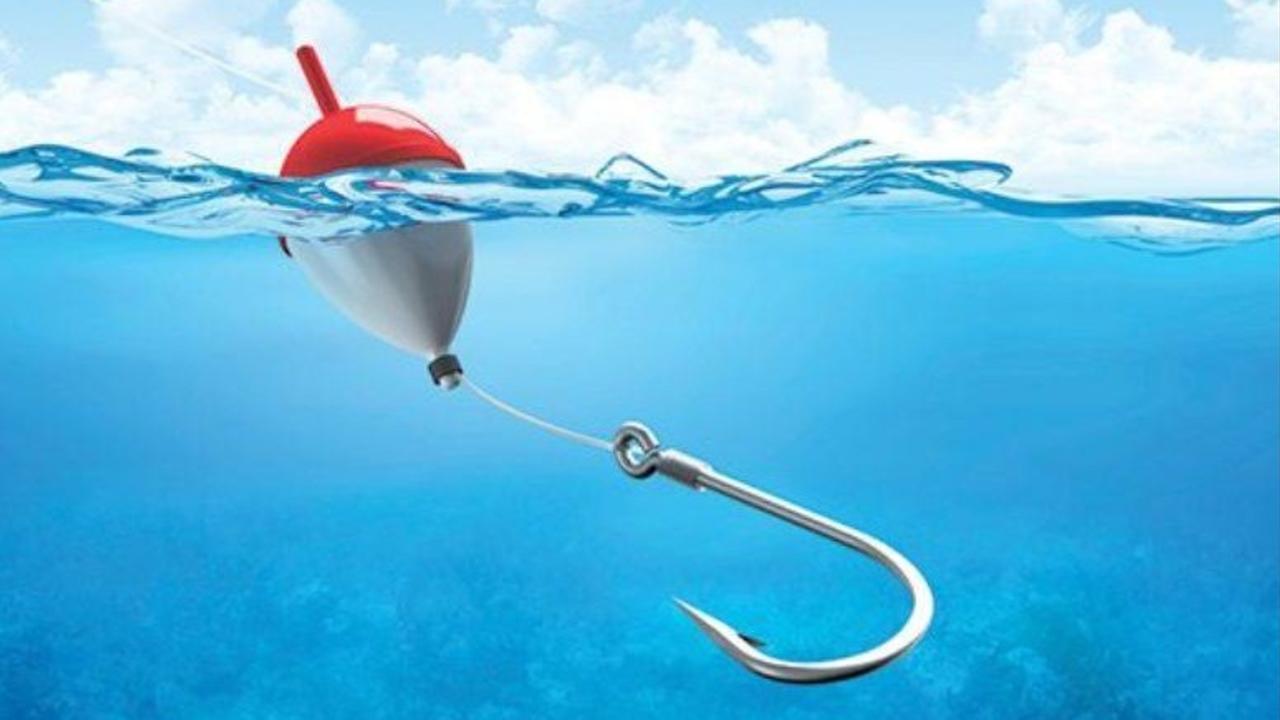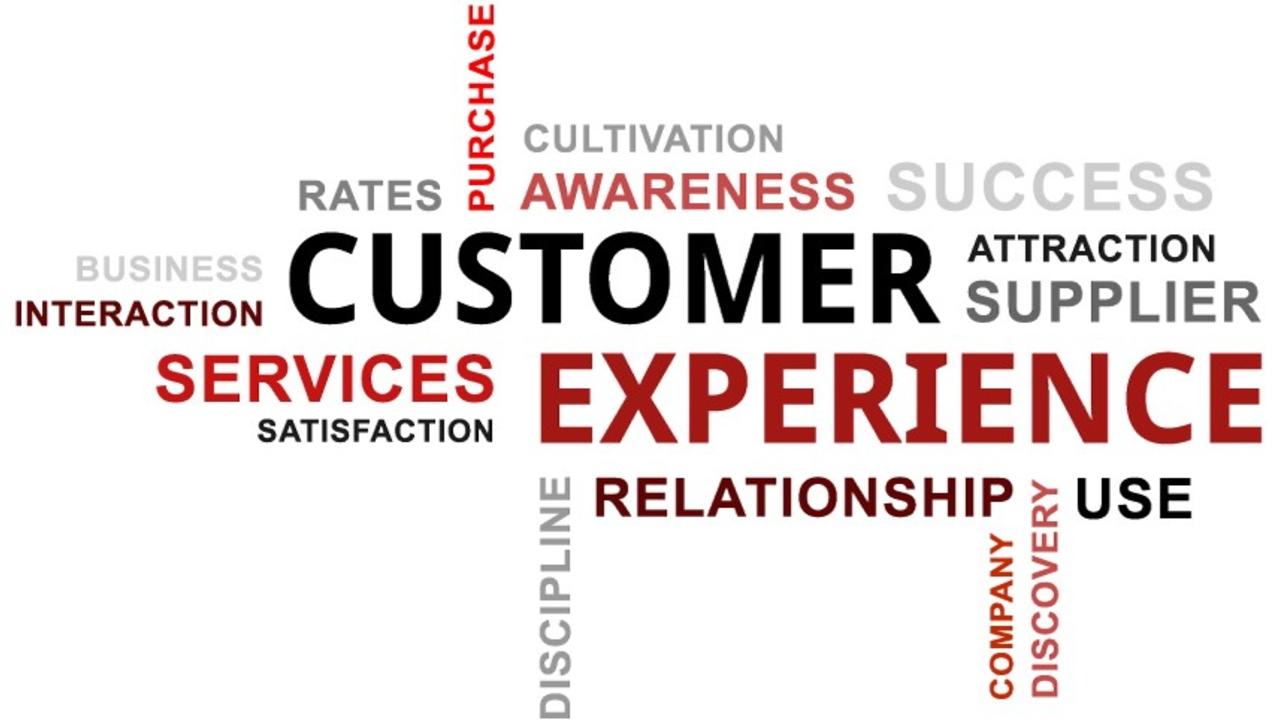5 Killer Mistakes - Part 1

There are 5 big mistakes you can do that will kill a deal with a big fish. They are:
- Not meeting the client’s expectations
- Mishandling a client crisis
- Taking on more than you can handle
- Putting all your eggs in one basket
- Up cash creek without a paddle
Any one or combination of these can not only kill the partnership, but have the ability to take down your company as well. We’re going to take a bit of time to talk about each one of these, in this lesson we’ll cover the first two.
Not Meeting Client’s Expectations
It’s essential you give your client’s exactly what you promised during the negotiation portion of your relationship. If an event does happen where there is no way to meet the client’s expectations, not only do you have to find a way to fix the situation, but you also have to find out where it all went wrong.
A couple of things could have contributed to this problem:
- Bad salesmanship. This could mean the salesperson was trying too hard to seal the deal and didn’ ...
Be Prepared And Find Your Internal Champ

Hi Champ!
There are a few things you need to do and consider to prepare for a face to face meeting:
- Set clear goals for what you want to accomplish in the meeting.
- Anticipate potential concerns from the client.
- Check to make sure you are completely prepared by researching the prospect personally and professionally on social media and news sources.
- Listen more than you talk. Prepare your questions beforehand.
- Bring support staff with you.
- Use and respect the clients’ format.
- Always follow through.
- Ask for what you need and seal the deal.
- Simplify your prospects life.
- Find ways to boost your credibility.
- Build and nurture relationships.
- Learn from “no” if you get one. Find out what didn’t work so you know how to change it for the next time.
These are all important things to do both before and during the sales process. With confidence behind your company and product you will catch that big fish. As you move forward from first meetings to more in depth solution design...
The Perfect Bait

Hi Champ!
In the last post we talked about how to learn about your big fish and prepare for the first contact you’ll make with them. This first contact is essential to your success. You need to instill confidence in them. They need to know you can fulfill exactly what you are offering on time, at a good price and at the quality you promise.
Today we’ll actually go through an approach and how to make that perfect first impression. Before you put together your approach plan, you need to choose with big fish you’re going after. Take a look at your notes and the research you’ve done about prospective fish. Then decide which one will bring the greatest return with the highest probability of success to start out with.
There are a series of things to go through in choosing which fish to start with. They are:
- Your Value Position or Brand Promise
- Compile Your Ideal Target List
- Select the Best Target
Position Your Business
You need to position your business to make the first m...
Untangle the Red Tape

Hi Champ!
In the last post we talked about how to bring the big-company mindset into your business and your team. This will help you overcome the mental obstacles that will keep you from being successful. Now, that you’ve learned how to overcome that, we’re going to talk about who your fish is. It’s important to know about the fish you are looking for before you put a plan together. We’re also going to take a moment to talk about the potential “red tape” you may encounter along the way.
The most important thing to know about your fish is their purchasing habits and procedures. There are four main things you need to work on in order to be successful:
- Responsibilities: You need to know who has influence over purchasing, who does the actual buying and who can kill a deal if they want.
- Get on Their List: You need to know how to get on their list of people to buy from. Your name needs to not only be on the list, but at the top of it and in as many categories as possible for the more i ...
Are You In The 1%

HI Champ!
The Rule of 1% is simply defined as adding to your customer service one percent at a time. Before you can do this you must have your consistency perfected or it will never work. This one percent may seem small, but if you approach the vision for your company with baby steps, you will find a huge increase over a solid chunk of time. It’s not a sprint, it’s a marathon.
Avoid doing too much at one or you’ll set yourself up for failure. Think of the confidence you and your employees will have when you improve one percent each week. By the end of a year, you’ll have improved more than 50%!
While, rules and standards are necessary for growth, always be flexible with your best customers. Most retailers only allow a set number of items into a dressing room to reduce the risk of shoplifting, but it generally restricts the large percentage of people who are not stealing from you. Flexibility is the key to what you deliver to your customers and consistency is the key to how you deliv...
Delivering Service + 1

Hi champ!
In the last post we talked about how to figure out what your customers want out of a positive shopping experience. Today we’ll talk about the concept of Deliver +1 and how this concept can take your customer service to the next level. I've decided to split up this post so the next one will cover the 1% Rule.
Consistency is the key to any great customer service experience. If you want to take your satisfied customers to Raving Fan status, you have to go above and beyond the average customer service experience.
There are three ways to develop consistency:
1. Avoid offering too many customer service options.
We sometimes get so caught up in giving customers what they want, we get away from our original vision. Instead, stay true to your vision and offer one or two solid customer service techniques that will set you apart from the competition.
You need to fine tune the current systems you are using before you can add anything to the mix. There’s nothing worse than launc...
Another Secret Revealed

Hi Champ!
In the last post we talked about the first secret to building a solid customer service plan and how to decide what your vision is.
Today we’ll talk about the second secret in taking your satisfied customers to raving fans. You must know what your customers want. Know who your customers are and you will know better how to serve them. Demographics are really important here. An upper-class woman in her 30’s is going to have completely different expectations than a working class man in his 50’s.
There are four main areas you need to consider and plan when figuring out what your customers want:
- Listen to Your Customers
- Ask Your Customers Sincerely
- Offer More than Just a Product/Service
- Know When to Ignore Them
These are all important when deciding what your customers want out of their buying experience.
Listen to Your Customers
You need to listen to both what they say and what they don’t say. Customers may say they want one thing and really mean something else. For ...
Strategic Growth Comes When You Take Action. Do It!

HI Champ!
When you think of strategic growth, think of constructing your business model like planting a tree. At first, it’s so small and weak you wonder if it will even make it through the night. But, you keep watering, fertilizing and nurturing it. Your ideas will grow the trunk and each of these strategies will extend out as the branches of your now strong tree. Finding the perfect support staff, employees, vendors/suppliers and other relationships will make your tree flourish with leaves and flowers.
Here are four key areas to start thinking about an integrated growth strategy.
Management Strategy
The way you structure your management team is not only essential to your growth, but the happiness of your employees and, ultimately, your customers/clients. This strategy is results-oriented and doesn’t depend on the people, but the actual system that’s in place.
A management strategy is, in short, a set of standards that include goals, rules, a mission statement and other concrete ...
Franchise to Multiply & Fly

Hi Champ!
This strategy is best applied in the Expansion and Mature stages of our Elevate Your Business consulting model.
The biggest area of turn-key businesses growth is a franchises. We have worked with a few very successful dealer and franchise models such as MetroPCS/T-Mobile and RX2live. There is a franchise for every industry in the world and they are fairly easy to acquire and come with practically a pop out of the box pre-assembled system. McDonald’s is a prime example. In fact, a $40 billion, 28,707 strong example.
There are a few things we are going to talk about:
- Business Format Franchise
- The Franchise Prototype
- Franchise Prototype Standards
Business Format Franchise
The business format franchise came from an earlier model call the “trade name” franchise. The big change was in the rights. During the “trade name” days the franchise owner only had marketing right’s, now franchise owners have owning rights to the entire business including systems. This has ...
What Does A Startup Have In Common With A Mature Business?

Hi Champ!
We have been talking about the life cycle and maturity levels of a business and we did this out of order! This was not a mistake...
The main reason is that survival, growth and expansion are where we see the most confusion with business leaders pertaining to growth, change, and people issues. The second reason is the inception stage otherwise known as “startup” and Mature stage have some huge similarities as one starts to look for ways to Springboard the business. We will discuss this today.
As a reminder, the five different stages of a business life cycle are:
- Inception
- Survival
- Growth
- Expansion
- Mature

The Inception and Mature Business Stages
Inception is about driving revenue and getting traction to see if the business idea is viable. In the same manner, a mature business looks for ways grow new revenue streams to stay relevant and not be replaced. The difference is a mature business has to focus on operational continuous improvements to save and oper...

